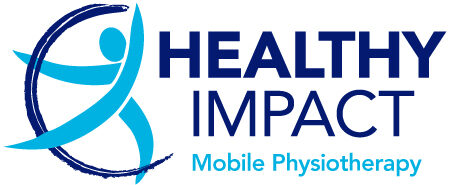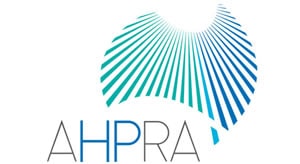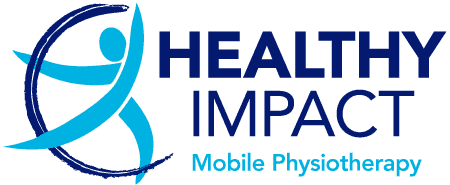Plyometrics
Plyometrics exercises
Plyometrics exercises can be a useful tool in rehabilitation. Typically, it is used in the last stage of rehabilitation when the patient has demonstrated they have sufficient strength and can do them safely. Plyometrics are a type of exercise that trains force absorption and/or development at speed. Plyometrics training can improve your physical performance and your ability to do everyday activities, like bending down, getting on the floor, quickly changing direction, avoiding hazards, and walking or running.
If you have any other questions please feel free to check out our “FAQ” page or contact us here at Healthy Impact
Plyometrics can help
- Improve your ability to perform everyday activities
- Prevent injuries by improving capacity to absorb and create force at speed
- Improve coordination
- Improve reaction time
- Improve executive brain function
As well as helping with
- Improve joint stability and provided joint protection
- Build strength in different directions and at speed
- Promote bone growth and improve density, preventing osteoporosis
- For athletes, they improve your performance, your game and your speed
Read our FAQ page here or if you have a question, contact Scott on
0402 221 397 (9am – 5pm Mon – Fri)
healthyimpactqld@gmail.com (Anytime)
Plyometrics are important exercises
Plyometrics are important exercises for everyone not just athletes. Remember the fun you had as a kid, hopping, skipping, leaping, jumping and trampolining, throwing and catching a ball, and flag races at the beach? These are all plyometric exercises. As we get older, we tend to do less of these types of activities and our muscles can’t cope with these forces at speed, resulting in injuries.
We always think we are still able to do the things we used to do and sometimes we can but it’s not a pretty sight.
Your ability to recover from losing your balance requires a plyometric response from your legs or arms. Plyometrics increase neuromuscular coordination by training the nervous system and making movements more automatic during activity.
This is known as reinforcing a motor pattern and creating automation of activity, which improves neural efficiency and increases neuromuscular performance.
This training is very important for the elderly to prevent falls, but interventions need to be carefully tailored to each patient’s presentation and capacity.
Plyometrics can be added in the later phases of rehabilitation to improve the ankle, knee, hip, back and shoulder joints’ capacity to absorb or create force with activities that are meaningful to you.
Warm up before any plyometric program is essential to prevent injury. Plyometric exercises are high-intensity advanced exercises and should only be attempted under the guidance of a trained and experienced exercise professional.
Phases of lower body plyometrics are force absorption, force creation, jump integration, continuous jumps and shock method. Phases of upper body plyometrics are force creation, force absorption, draw and release, catch and release, and repeated draw and release.
Plyometrics should encompass different planes of movement with back and forth, side to side, diagonals, and rotational movements. Plyometrics should be graded to increase height to improve force absorption and force creation capacity.
Running involves flight time where both feet are off the ground. When we leave and land on the ground, we do this with only one leg. Most of us will have the need to run at some point whether it is to cross a busy road, bound up or down a step or stairs, run after our grandkids or play recreational sport with family and friends at a barbeque.
Therefore, it is important we progress to single-leg plyometric exercises to prevent injuries. A plyometric program should always start with easy exercises and progress when the patient can do the exercise safely with control and confidence.







